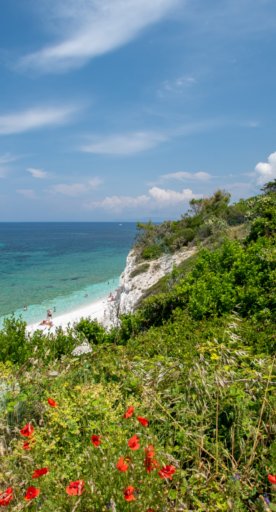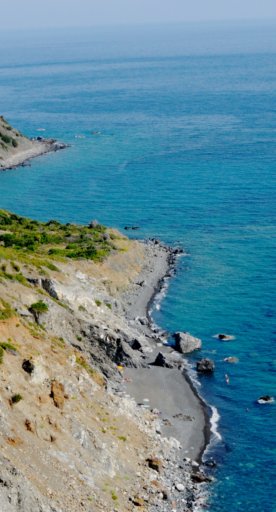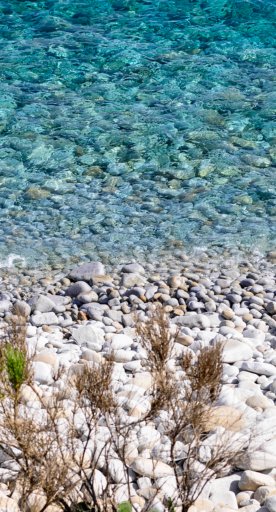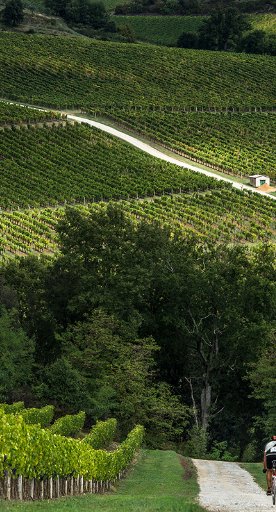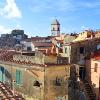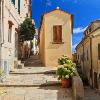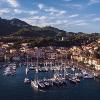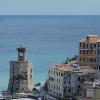The town is divided into four distinct districts: il Fosso, la Torre, la Fortezza and il Baluardo. Every year, in October, they celebrate the traditional Grape Festival by choreographing extraordinary scenes on various themes of the harvest, from the pressing of the grapes to the bottling of the wine.
The Grape Festival is far from Capoliveri's only cultural event. On the 14 July the town celebrates the Festa dell'Innamorata, a historic re-enactment of an old legend of two young lovers. Even today, a costumed procession walks through the streets down to the Innamorata beach, where the districts compete in a boat race.
For those who love mountain biking, the Capoliveri Legend Cup cannot be missed. This mountain bike race takes place in May, and, whichever of the numerous routes is selected, it is sure to run through the most hidden and the most stunning corners of Monte Calamita.



